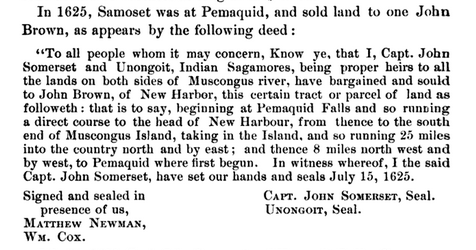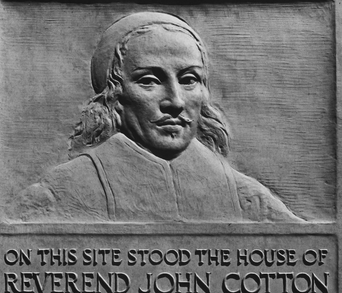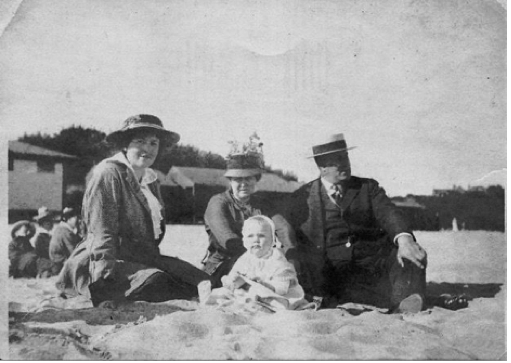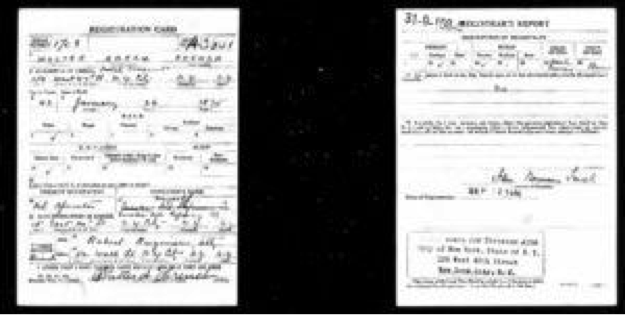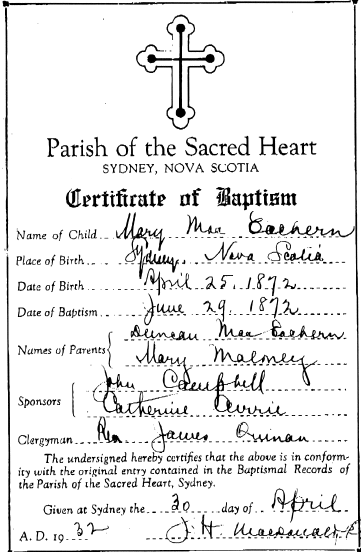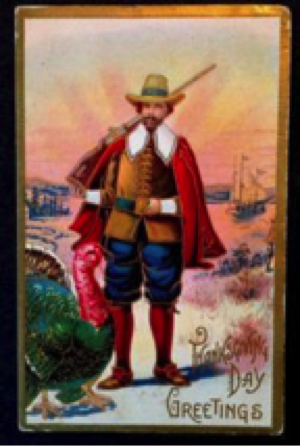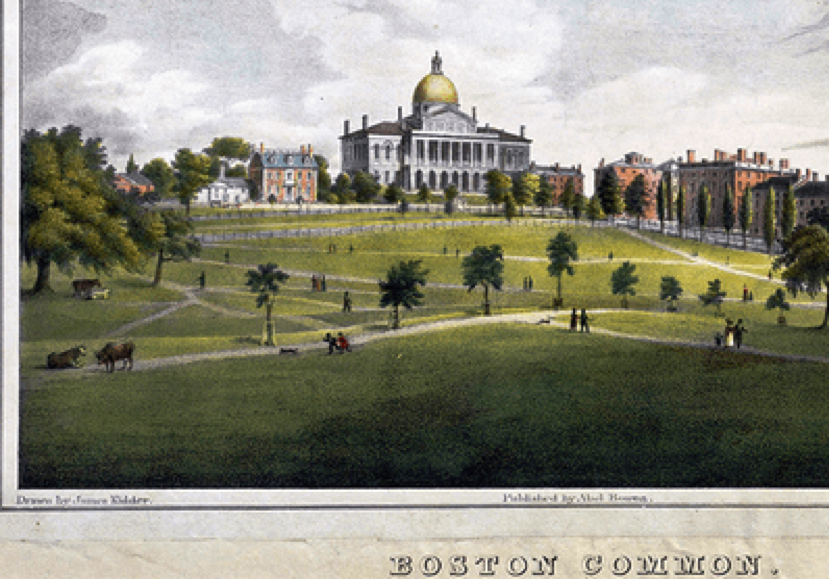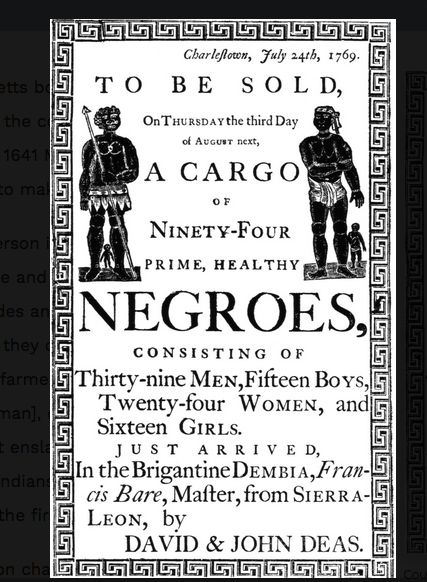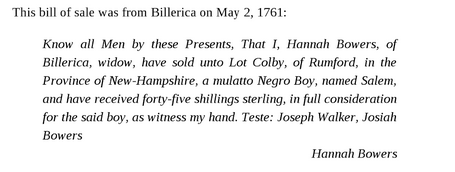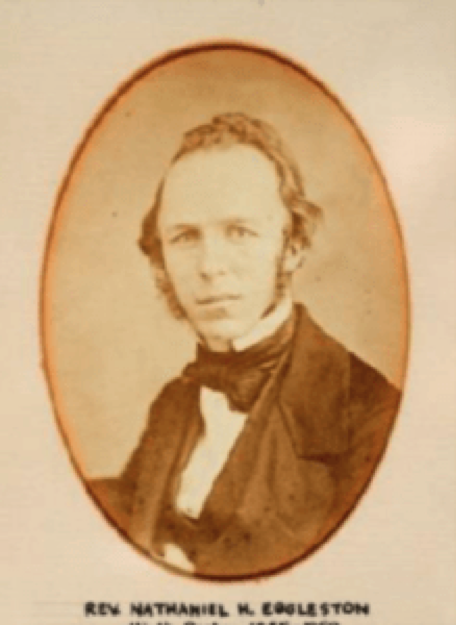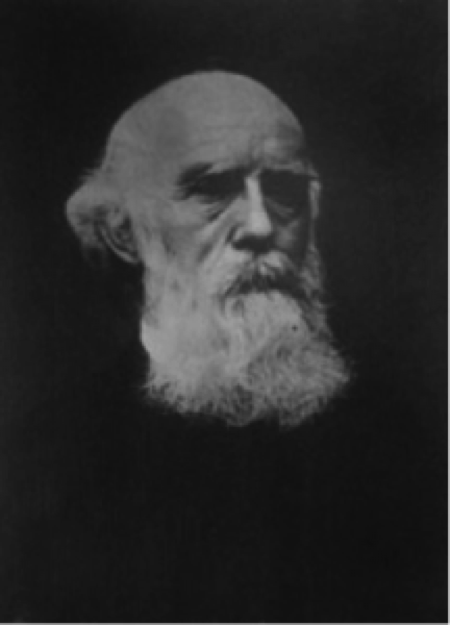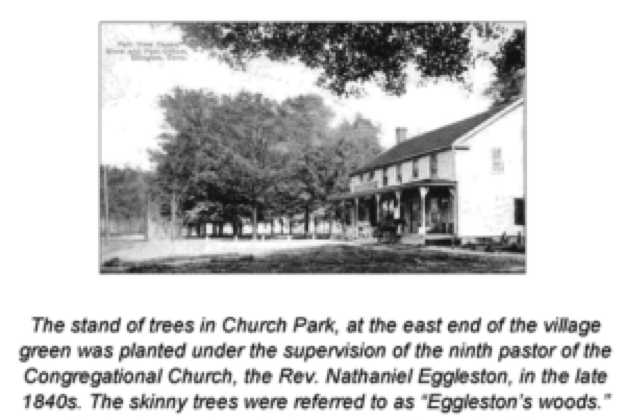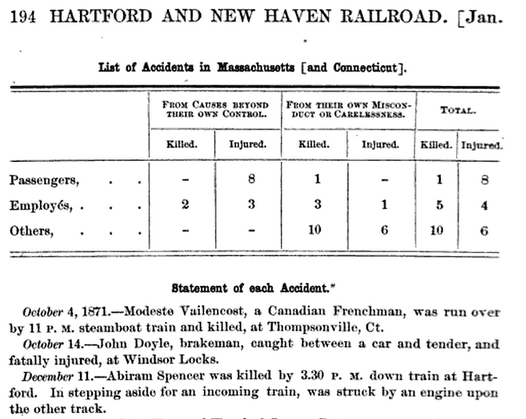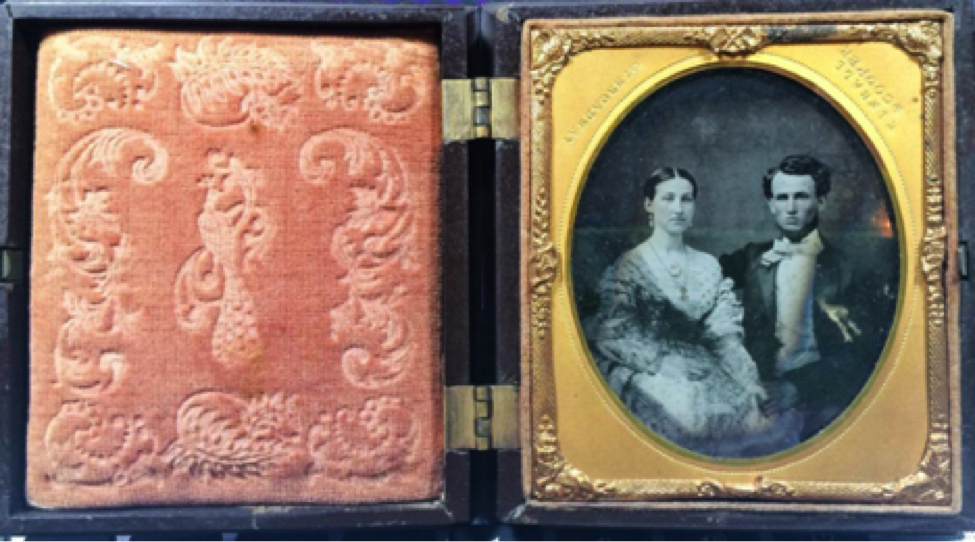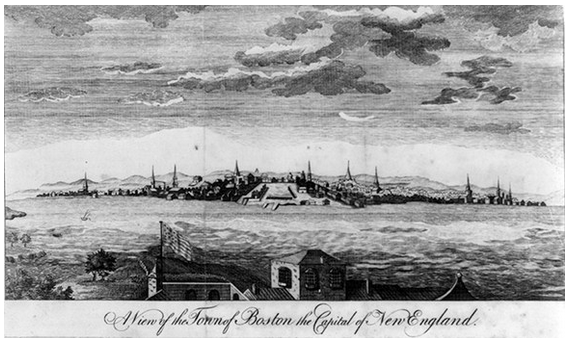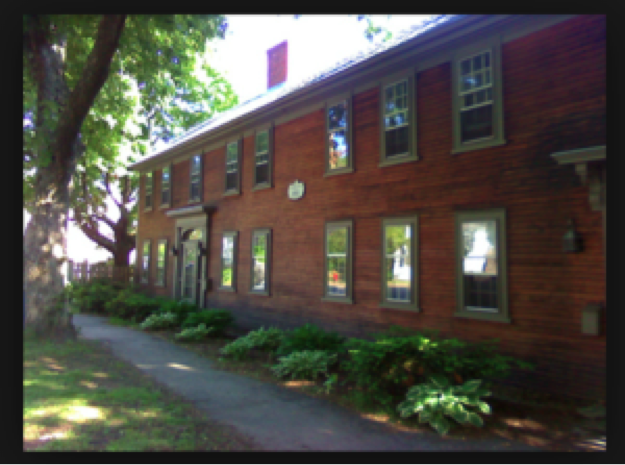In 1641,
Massachusetts was the first colony to legalize slavery and was a center for the
slave trade throughout the seventeenth and eighteenth centuries. The 1754 slave census listed more
than 2,720 slaves in Massachusetts.
1754 –
Billerica reported eight slaves (three males and five females).
1771 – Four families in Billerica were recorded as “servants for life” on actual valuation lists.
1783 –
Massachusetts Supreme Judicial Court declared, “the idea of slavery is
inconsistent with our own conduct and [the Commonwealth’s] Constitution.” Quock Walker Case
My 6th great paternal grandparents, Jonathan Bowers (1674-1744) and Hannah Barret Bowers (1679-1765), lived in Billerica, Massachusetts. Jonathan was a representative to the General Court, a captain in the militia, large landowner, postmaster, and noted as an influential citizen. Jonathan and Hannah were also slave owners. The first documentation that I found mentioning that they owned slaves references the birth of Nelly York in 1752 to Lydia York, a slave of Hannah Bowers.
Records show
that Lydia York had two other daughters. Lydia who was baptized in 1754 and
listed as a “servant girl to old Mrs. Bowers” and Anne who was baptized in
1756. Lydia’s parents Pompy and Dillo, brother Samson and sister Eunice
all resided in Billerica, I found no record of their status.
In 1761, Hannah sold a boy named Salem to Mr. Lot Colby of New Hampshire. Remarkably, Salem Colby served during the American Revolution as a soldier in the New Hampshire Brigade, enlisting in 1780 and receiving a pension for his service.
In researching Hannah and Jonathan’s son, Josiah Bowers (my 5 g-grandfather), I discovered a record of Josiah selling a slave girl to Amos Fortune. That girl was none other than Lydia (b.1754) the daughter of Lydia York. The story of Amos is very interesting and has been told in a book entitled, Amos Fortune – Free Man (Yates – 1950). Below is an excerpt from the The Amos Fortune Forum regarding Amos.
Amos Fortune,
an exemplary citizen of colonial New England, was born in the early 1700s in
Africa and came to this country as a slave. A tanner by profession, Fortune
bought his freedom and that of his two wives. Unfortunately, nothing is known
of Amos Fortune’s early life. The first historical record is an unsigned
“freedom paper,” dated December 30, 1763, in which Ichabod Richardson
“agreed to and with my Negroe man, Amos, that at the end of four years next
issuing this date the said Amos shall be Discharged, Freed, and Set at Liberty
from my service power & Command for ever….”
Richardson died unexpectedly in 1768, and his will contained no provisions for the slave’s promised freedom. Amos Fortune negotiated with the heirs to pay off his bond and made the last payment in 1770, becoming a free man at age 60. During the next few years Amos Fortune lived and worked in Woburn, buying land and building a house. His first wife, Lydia Somerset – whom he had purchased for fifty pounds from Josiah Bowers of Billerica – died shortly after their marriage in 1778.
Note: Pounds Sterling to Dollars/ £50 in 1780 = $9,347 in 2019
Image: First Slaves Arrive in Massachusetts. massmoments
A Must Read Story of New England History “The Lost History of Slaves and Slave Owners in Billerica” by Christopher M. Spraker, Historical Journal of Massachusetts Volume 42, No. 1 (Winter 2014).
Published by: Institute for Massachusetts Studies and Westfield State University
Copyright © 2019. All Rights Reserved by David R. French

